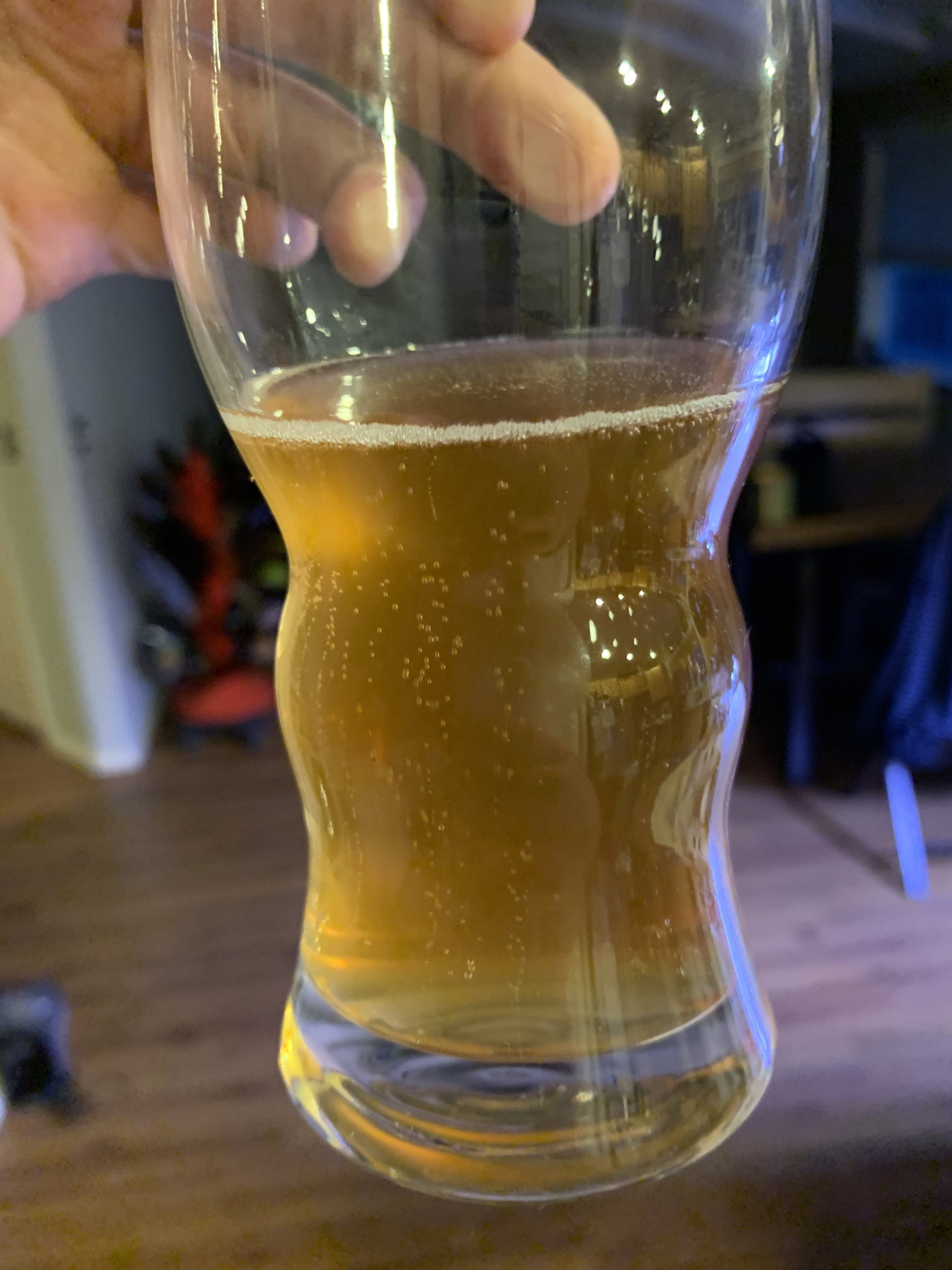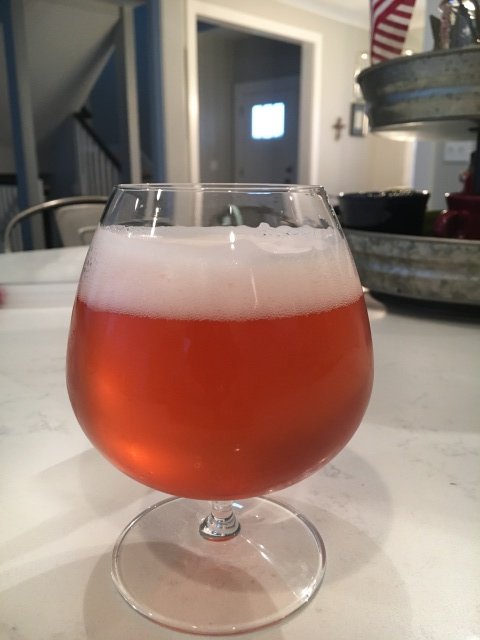But not all sours should have expressive yeast. In-fact, most sours I like there isn't apparent "yeastiness" in the taste. Acidic tart should be first and foremost that should dominate, the rest should happen on the back end of the throat IMO. I don't consider either approach worse or better. I can buy in that co-pitching is easier, faster, and allows yeast expression, but that's just a different style. Certainly the easier way to do it.
Personally, I want to take the yeast out of the equation during souring and start playing with the science rather than to just "get what I get when it's done". With yeast out, I can learn how to make my sour really really sour by monitoring PH levels. I can then adjust if need be (pitch more lacto, adjust temps, or wait longer). I'm not sure how easy that to do when yeast and sour has already been pitched together...it seems like I lose more control that way. I also lose control on temperatures. Lacto performs best at at least 90F....though it can go to 70F but it slows down which means longer wait times. Most ale yeast do their best in the low 60s. There's a discrepancy in temps there. Not only that, but say goodbye to any sort of bittering (hops) if you co-pitch. One thing that will make yeast more expressive is if you are co-pitching when the wort is 90F...that will definitely bring out "yeastiness", maybe that is influencing what you're tasting too?
Maybe the "sourness" doesn't matter because it will "stall out" regardless if it's co-pitched or not after two days.
So yeah, all good. I suppose I didn't adhere to your post-souring method (maybe it was someone else on this thread). In theory, they each have advantages. btw, the guy at HBS said that the yeast I used is "neutral" regardless on what the profile says.
Technically, no tasting is accurate until fermentation is complete, carbonation is complete, and it's say in the fridge for several days, and more than 4Oz of it has been drank. So I'm still on hold for the true report!

BTW, do you think I could use my PH meter still on my finished beer and would the pH be accurate enough to tell me what I let it get down to in the kettle? Edit: I don't think so. The Co2 affects pH.


























![Craft A Brew - Safale S-04 Dry Yeast - Fermentis - English Ale Dry Yeast - For English and American Ales and Hard Apple Ciders - Ingredients for Home Brewing - Beer Making Supplies - [1 Pack]](https://m.media-amazon.com/images/I/41fVGNh6JfL._SL500_.jpg)

































